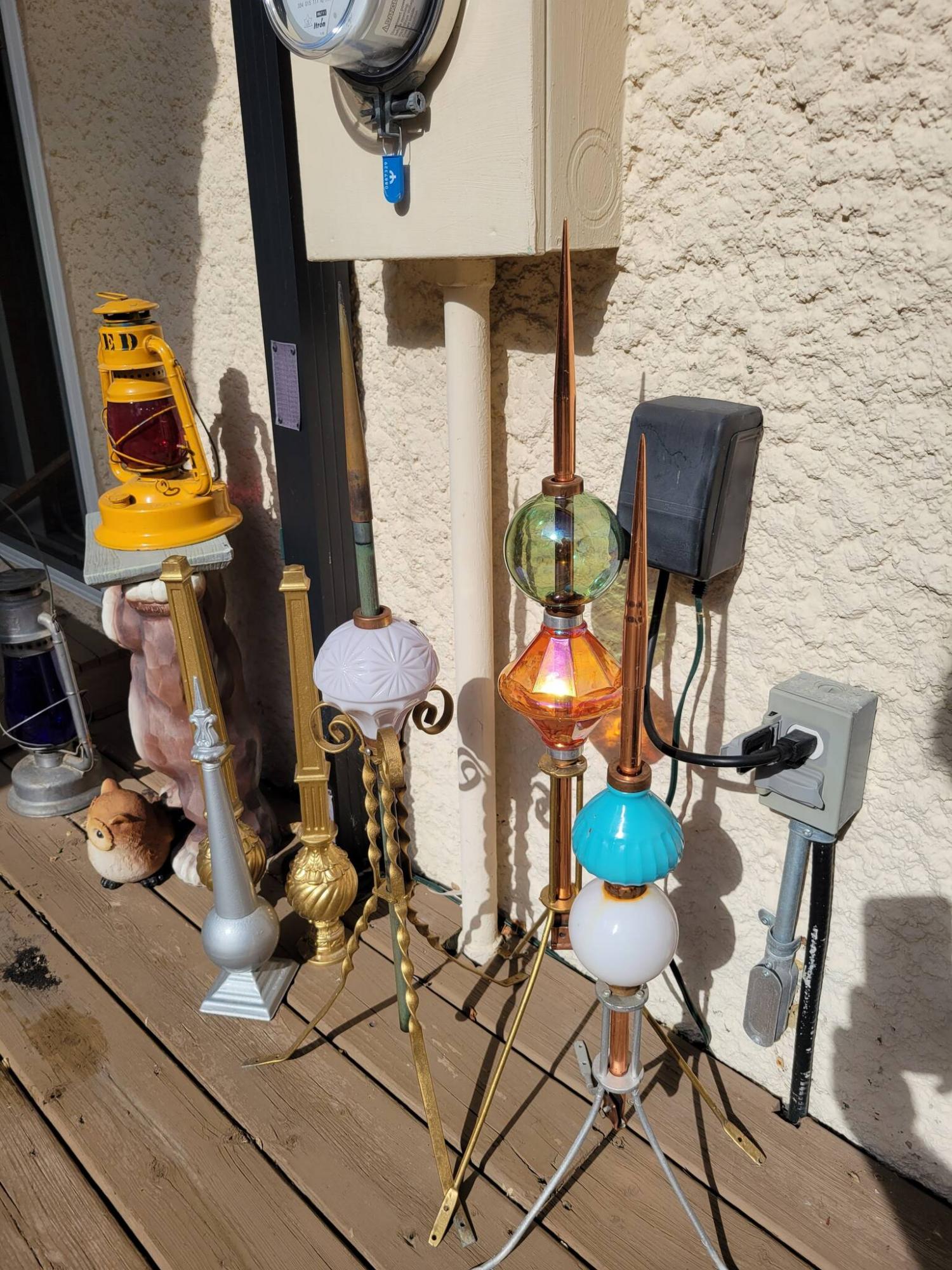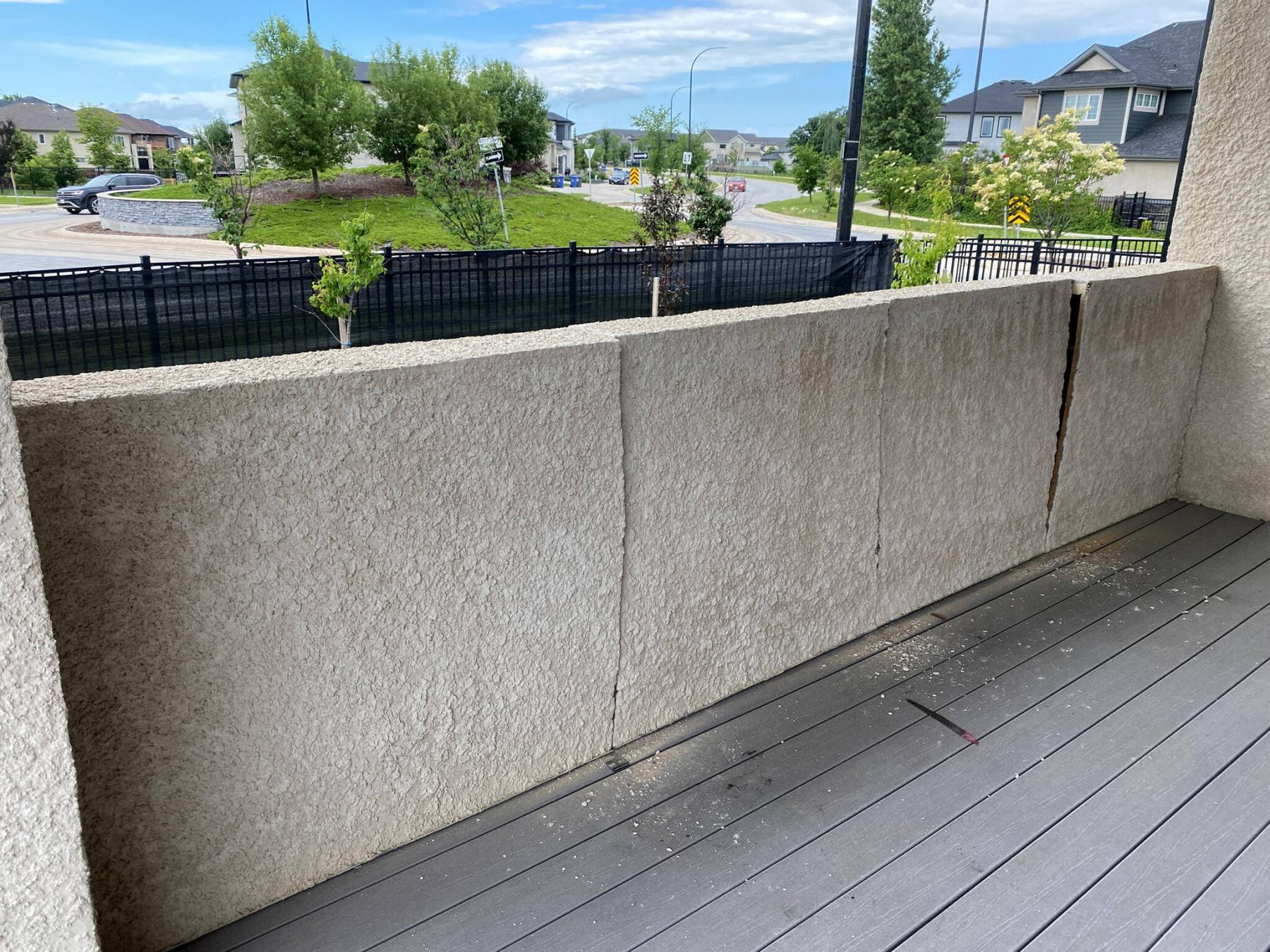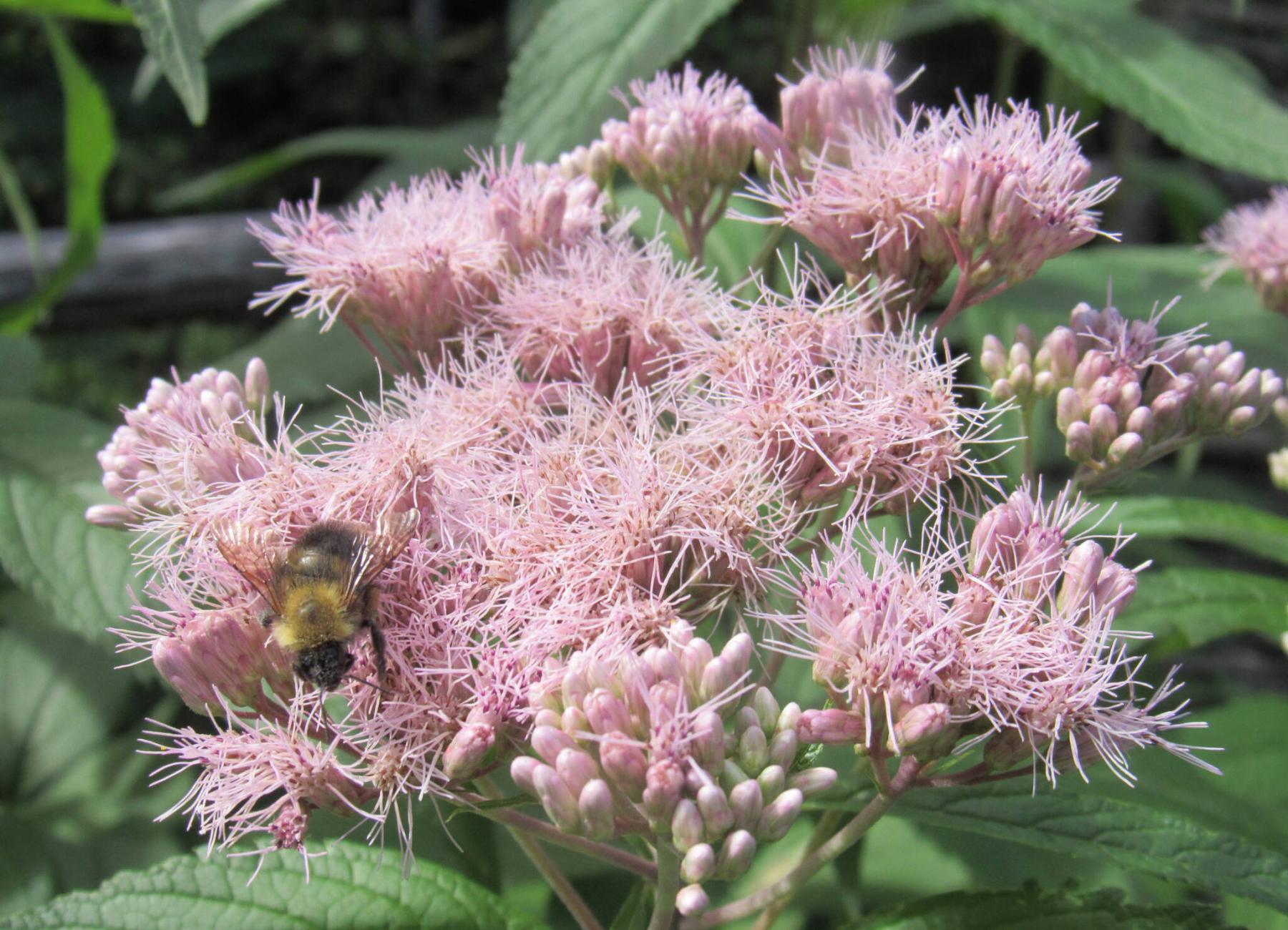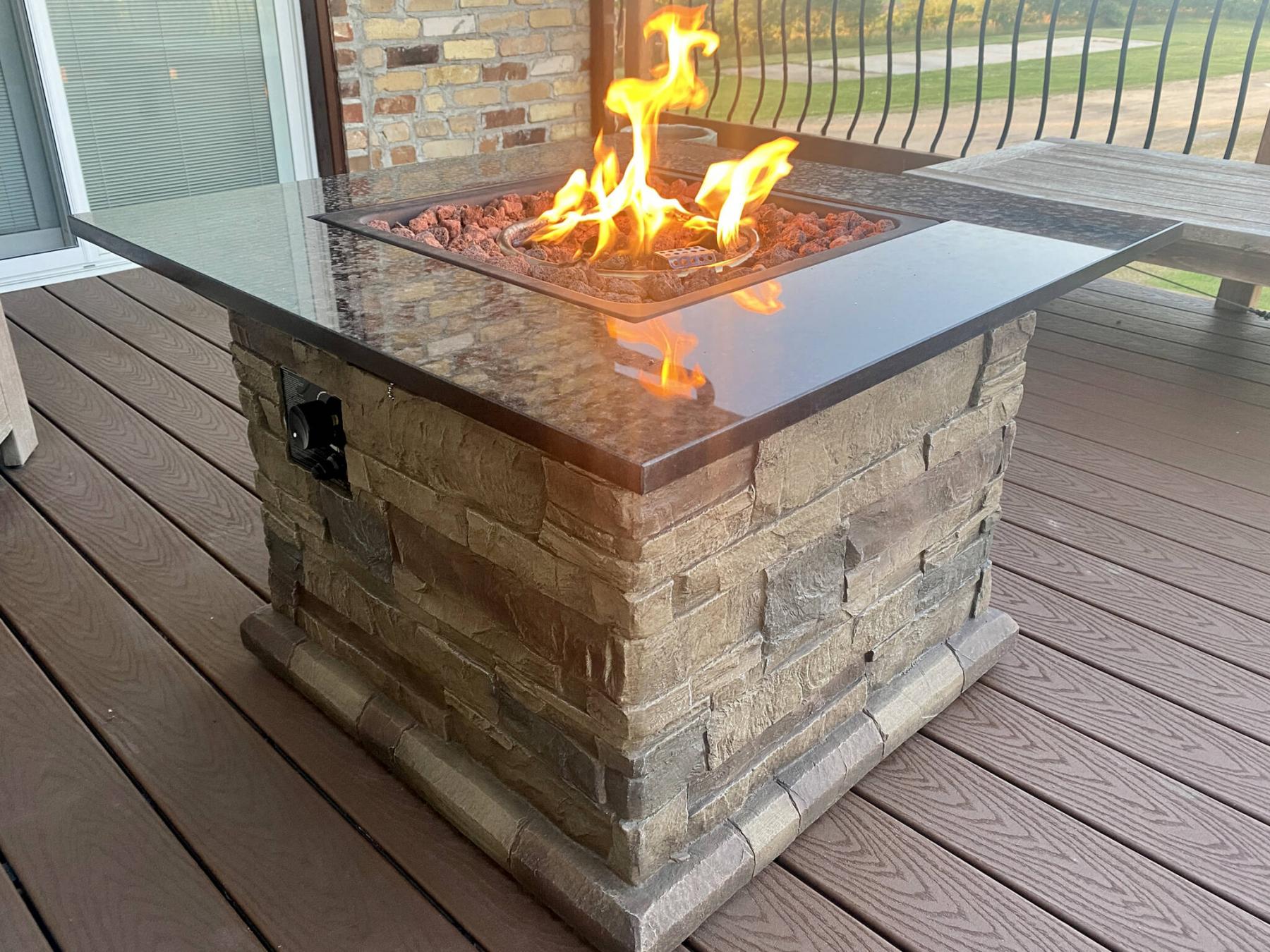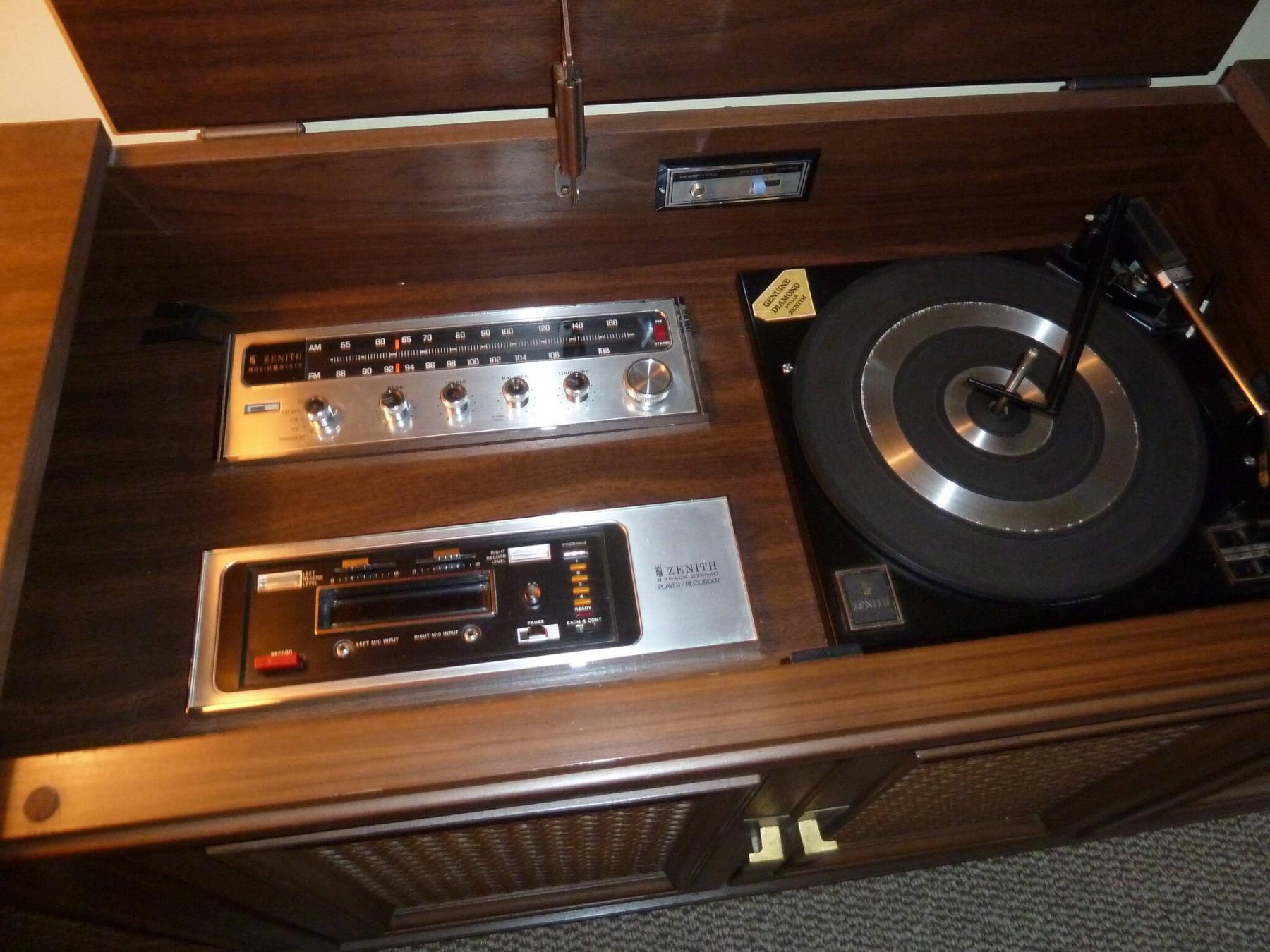Renovation & Design
Renovation & Design
Warm lemons are easier to squeeze
Question: How can I get more juice out of a lemon? David
Answer: A warm lemon will extract more juice than a cold lemon. Heat the lemon in the microwave for about 20 seconds. Next roll the lemon on the counter for 20 seconds before cutting and squeezing out the juice.
Question: How do you keep cats out of the garden and flower beds? Thank you, Reg
Answer: The main reason that cats are attracted to gardens is because they look and feel like the perfect place to ‘relax’. Exposed soil is just like kitty litter, so putting in additional plants to cover soil and covering exposed areas with pebbles or a thick bed of prickly roses or some cacti or chunky mulch around the perimeter of your yard and in your gardens is your first step. Of course, all cats are not the same, and what works for one may not work for another. The most effective remedy against cats in the yard is a fence, but that is not always an option. Another tidbit to keep in mind is that cats loathe snakes. For years, gardeners have had great success when placing artificial snakes around plants. Check out your local dollar store or cut up an old garden hose the length of snakes and put them around the yard.
If you happen to catch a cat in your yard, spray them with a spray bottle or a garden hose and accompany that with a firm “NO!” Some cats love water, but most hate it. Cats have a sense of smell 14 times greater than humans. They can decipher odours that humans cannot even detect. Therefore, planting rue, lavender, lemon, thyme, and coleus are also options.
Question: How to remove lily stamen powder from clothes? I accidentally brushed against a stem. I scrubbed a bit off my skin. Any hope for my tank top? Mary Ann
Answer: If the powder residue is dry, vacuum it. Spray shaving cream onto the area and gently rub. Soak the fabric in cold water. Launder in cold water. Air dry to ensure the stain is gone. Avoid putting stained clothing into the dryer because the heat of the dryer will set the stain. Repeat if needed.
Voices of experience
I have used scrunched up newspaper and then stuffed it in my shoes or boots when not in use. Great results. Also helps the boots to keep their shape over the winter. — Diane
If you are planning to store apples for an extended period, wrap each unwashed apple individually with a piece of newspaper and store inside a box, in a cool dark place such as the basement, refrigerator or your pantry. The newspaper is intended to prevent apples from contacting one another thereby protecting each apple. — Derek
To clean oven racks, place a towel in the bathtub. Lay the racks on the towel. Drop in three dishwasher tablets and fill the tub with hot water. Scrub the racks with a non-scratching abrasive cloth. Rinse with water. — Linda
Note: Do not leave water unattended when children are nearby.
To stop sprinkles on cupcakes or cookies from dissolving or bleeding, brush the top of each cupcake/cookie with corn syrup before dropping the sprinkles on top. — Dianne
Note: Every user assumes all risks of injury or damage resulting from the implementation of any suggestions in this column. Test all products on an inconspicuous area first.
Have a great suggestion or tip? Please send an email. Reena Nerbas is a popular motivational presenter for large and small groups; check out her website: reena.ca.
info@reena.ca
Renovation & Design
Cool basement can easily be made more comfortable
Question: Our house is a bungalow, with an open staircase going into the basement, and every time I go into our basement the thermometer indicates it is approximately three to four degrees Celsius cooler than the main floor. This is perfectly understandable, since cold air gravitates to the lowest level, while heat rises. I am wondering if there are any solutions that would stop the main floor cool air from dropping into the basement via the stairway, and of course the opposite occurs during the heating season. I did address this issue during the design stage of our home, but the builder could not come up with a solution, as the obvious option of adding a door at the top or bottom of the stairway was just not doable. I would be interested in knowing if you have any ideas one could consider to prevent this.
Thank you for your consideration, Lawrence Klippenstein.
Answer: Having a cooler basement than the upper floor of your home may not be fully under your control, but reducing that temperature differential may be possible with a few modifications or adjustments to your HVAC systems. These may help make the cooler basement more tolerable and within a level you can live with.
As you have stated, because cooler air will sink to the lowest level in a building, while warm air rises to the upper levels, a cool basement during hot summer days is a given. Using your air conditioning system to cool the living space can help keep your basement air dry and odour free, but can make that area uncomfortably cold. The normal coolness of the area below grade can be exacerbated by blowing large quantities of cold air through the heating ducts. Many homeowners will block these basement ducts, or the close the registers, during the warm summer months. That may prevent circulation of cool conditioned air, which is exactly the opposite action to take for your goal. By closing the registers, airflow through the ducts is reduced, which can lead to a clammy, damp feeling in the basement. That can also lead to mould growth and odours often associated with a musty basement.
The simplest thing to do to slightly warm up your basement during the cooling season is to increase the air circulation between the basement area and the warmer upper floor. If your basement heating ducts and registers are properly installed this may be achieved simply by turning your furnace fan on continuous operation. Instead of having the blower circulate air only when the thermostat turns on the heating or cooling cycle, which is normally the “auto” setting, changing it to “on” will achieve this goal. This should allow the blower to run at a reduced speed, but continuously circulate air through the entire duct system. That will allow the warmer air on your main floor to combine with the cooler air of the lower level, as each is drawn in to the return air ducting on the two levels. That air will then be pushed through all the heating ducts, mixing warm and cooler air from both locations, helping to equalize the temperature differential.
Once the temperature rises above the thermostat setting on the main floor, the cooling cycle will begin, which can lead to a larger differential, but should be temporary. Once the thermostat is satisfied, the condenser will turn off, the air conditioner coil will warm up and the blower will circulate slightly warmer air through the whole system. That will minimize the inequality between the colder basement and main floor air.
As stated above, this suggestion may only be effective if the basement duct system was properly designed, with proper return air ducts and registers. Many basements are finished well after initial construction, with multiple partition walls installed to make better use of the large space. There are usually enough warm air ducts and registers installed, but often the return air portion is forgotten. Unless you have a properly sized return air register and duct in each room in the basement, proper air distribution may not be possible. Resolving that deficiency may require partial removal of wall and ceiling coverings, and an experienced HVAC technician, to complete the installation of the return air system.
Leaving the stairway open should only help to improve the air circulation in your home, so that is a bonus not a negative factor, in your case. Moving around any furniture that will impede proper air movement in your basement can also help with your efforts. Especially if a large couch, bed, or dresser is blocking a return air register, move them out to allow proper airflow. Also, if there are too many heat registers in the basement ceiling, or if they are poorly located directly above a seating area, adjusting or redirecting the register may prevent cold air blowing directly on the occupants when the A/C is on. Otherwise, modifying the ducts and relocating the registers to better locations can be done by a HVAC tech.
Having a cooler basement than the main floor during the summer cooling season may be inevitable, but making it more comfortable can be achieved with a few changes to your normal HVAC settings and/or duct and register locations.
Ari Marantz is the owner of Trained Eye Home Inspection Ltd. and a Registered Home Inspector (RHI)(cahpi.ca). Questions can be emailed to the address below. Ari can be reached at 204-291-5358 or check out his website at trainedeye.ca.
trainedeye@iname.com
Renovation & Design
Insect entry into home through holes always cause for concern
Question: We have a bay window in the front of our home with plants in front. Last year we had wasps going through the plants, underneath the bay window, with some ending up in our basement. We are looking at getting a plasterer to close up any potential holes under the bay window. Then we are thinking about filling in the area under the window with soil to ensure there is no way for wasps to get in. Is there a reason not to fill in the area below the bay window due to insulation or drainage issues? Or is there a better way to deal with our issue? We tried an exterminator last year with limited success. Thanks for your help with this.
— Richard R.
Answer: Insects gaining entry into the exterior walls or interior of our home should be immediately addressed to prevent damage to the home and occupants. This is normally caused by a new opening and/or moisture damage to existing components. Finding and replacing the damaged materials and sealing the area is a much better approach than using soil to fill in these areas.
Since we are lucky in not having termites, or other insects, in our area that can bore into healthy wood, most insect intrusion into our exterior walls is due to damaged building materials. Some common crawling or flying pests, like carpenter ants, will find ways to infiltrate these areas and make nests. Fortunately, that will only occur in components that are damaged. Most commonly wood or wood products are the preferred target for these small critters. If the wood is partially rotten the ants can bore small openings and channels in the soft material and lay eggs. The eggs will eventually hatch, creating even more of a serious infestation to deal with. The evidence of such an attack can often first be detected by seeing the removed material deposited on the area inside the damaged wood. This sawdust-like material is often referred to as frass. If frass is seen in your home, in addition to the wasps, it is confirmation of the source of the issue.
Stinging insects, like wasps, bees, and hornets, will often make their nests in a hidden area to protect them from predators and environmental elements. This can often be found in a tree, under a deck, in a woodpile, or any other location that has ideal conditions. I recently found an active one at the cottage, under my boat cover, attached to a plastic fender sitting on the rear portion of the boat. Luckily, I saw the wasps flying in and out of this area before removing the tarp. That allowed me to spray some insecticide in the area, before untying the cover, to avoid getting stung. I believe that area was a preferred one for the nest due to protection from most elements by the tarp, which still allowed the area to be slightly damp and very humid. From my experience, wasps prefer to build their nests in somewhat damp areas, but underneath something that will shield it from direct rainfall. Nests are commonly seen on the soffits of homes, at the peak of a gable or near a leaky eavestrough.
In your situation, the location of the nest may be protected by the plants in front of the window. These may not only help to hide the nest, but will also make the area more humid and may have resulted in moisture damage to the exterior components. Any vegetation that is touching the exterior of the home should be removed or trimmed back at least one metre. If the outside of the base of your bay window is wood or plywood, rot is extremely likely. If the wall covering in that area is other siding material, stucco, or masonry, the moisture damage may be hidden, but can still be present. Especially if the underside of the bay window is covered with a wood-based sheathing and is overhanging the foundation, serious damage is almost certain.
After removing the vegetation, visual inspection and probing the surface with a screwdriver or other sharp tool will help determine the extent of the damage. If the probe easily penetrates the surface, immediate repairs are in order. If the surface appears relatively sound, partial removal of the exterior coverings may be required to further explore any inside rot. If there are one or more small areas of damage, gaps, or other openings, that is the likely point of entry for the wasps. Spraying the surrounding area and inside the holes with insecticide should initially be done to prevent getting stung. Follow the directions on the spray can for proper precautions before attempting this yourself, or call an exterminator.
Once the area under and around the bay window is partially opened, the extent of the moisture damage can be determined. The repairs may range from a minor replacement of rotten exterior sheathing, to complete reconstruction of the entire bay area walls and floor. Many times, the window frame or sill may be compromised, which is where the moisture intrusion is initiating. In that situation a new window, with moisture resistant vinyl or fibreglass components, is the required final solution.
Building up the soil under an older bay window that is letting insects gain entry into your home will not likely solve the problem, and can accelerate current moisture damage. Inspection and replacement of moisture damaged components, which may include the window, may be the only way to permanently prevent a reoccurrence.
Ari Marantz is the owner of Trained Eye Home Inspection Ltd. and a Registered Home Inspector (RHI)(cahpi.ca). Questions can be emailed to the address below. Ari can be reached at 204-291-5358 or check out his website at trainedeye.ca.
trainedeye@iname.com
Renovation & Design
Unplug small appliances and electronics when not in use
Question: Do you think it is important to unplug a toaster when leaving your home? Charlotte
Answer: Yes, and not only the toaster, but all small appliances and electronics including toaster ovens, curling irons, coffee makers, tools, kettles etc. Also, walk through your home, garage, and shed and examine all electrical cords to make sure they are not frayed, and that nothing is sitting on top of the cords to avoid any fire hazards.
Question: What should I use to clean the iron grills on my gas oven? Ethan
Answer: To clean cast iron grills on a gas cooktop check your manufacturer’s manual for the recommended cleaning procedure. I either scrub them with an SOS pad and dish soap and water or wash them in the dishwasher. While many people advise against full submersion, I have never found a problem with my own grills. For that once a year really intense spring cleaning, many people opt to clean their grates with ammonia. Place grate into a plastic bag; add about 1/2 cup of household ammonia. Seal bag and leave for eight hours. Remove grates from bag, scrub with water and an SOS pad.
Helpful tips
Re: Foot Odour
If you experience excessive foot odour, make an appointment with a physician, and seek medical advice, the solution might be simpler than you think! In the meantime, head over to a store such as Marks Work Warehouse or a sporting goods store and purchase the best moisture wicking socks you can find. Canadian Footwear sells a small jar of ointment that you rub onto your feet once a week. It is said to be very effective. — Merle
I have two suggestions which might help with foot odour. One, change your shoes regularly, letting them air dry between uses. This might take two or more days. When the shoes are completely dry any bacteria that might have been growing in them should have died. Bacteria thrive in dark and wet areas which cause odour. Secondly, wear only socks that have greater than 50 per cent cotton in them. Cotton is a natural absorbent. — Desiree
Secrets of essential oils
Instant air freshener; put a few drops of your favourite essential oil in the middle of your toilet paper roll.
Essential oils are great for adding warm fragrance to a locker room, shoes, boots, and carpets. Simply sprinkle a few drops on textiles.
Sprinkle essential oils onto cotton balls and tuck them underneath your garbage bags in garbage cans around your home.
Sprinkle essential oils around the light fixtures in your home. When the lights turn on, the heat cause the oils to smell.
When designing artificial plant displays in your home, add a few drops of essential oils to the leaves and vase to give off a fresh scent.
Rub lemon essential oil onto a grease stain before tossing it into the washing machine.
Put drops of essential oils onto a piece of toilet paper. Vacuum the toilet paper and the room will smell great.
Orange essential oil is an effective spider repellent.
Note: Every user assumes all risks of injury or damage resulting from the implementation of any suggestions in this column. Test all products on an inconspicuous area first.
Have a great suggestion or tip? Please send an email. Reena Nerbas is a popular motivational presenter for large and small groups; check out her website: reena.ca.
info@reena.ca
Renovation & Design
Baking soda and water will have garage floor sparkling
Question: We recently moved into a home with an attached garage. The floor in the garage has old oil stains. How can we remove them? Russ
Answer: Pour powdered heavy-duty detergent or baking soda onto the concrete; add enough water to make a paste. Scrub with a stiff brush, rinse with water. Dawn dish soap is another great option.
Question: What is a safe and effective way to clean a computer keyboard? Jan
Answer: Use a piece of Silly Putty to clean the keyboard of your computer. While the computer is turned off, press Silly Putty onto the keys — the dust and grime sticks to the putty and lifts it out. Mini vacuum cleaners manufactured specifically for computers are also available where computers are sold.
Question: How can I cut Nanaimo bars and avoid cracking them? I want them to look professionally cut. Sahil
Answer: After preparing these chocolate delights, refrigerate them for one hour until the top chocolate layer is firm. Put two sharp knives into a measuring cup filled with very hot water. Take the squares out of the fridge. Take one knife out of the water, dry it, and make one or two cuts, place the knife back into the hot water. Take turns using both sharp knives.
Question: While standing at the bus stop, I was splashed with mud. My white t-shirt now has little black marks on the front. Any suggestions? Homer
Answer: Use shaving cream to zap that mess. Spray it onto the spots, rub it in with your fingers. Rinse and repeat until the stains are gone.
Question: Is it normal for women to lose eyebrows and eyelashes as they age? Vanessa
Answer: Yes, it is perfectly normal, as women age, they lose elasticity which causes hair to become brittle and fall out. Men’s eyebrows, on the other hand continue to grow thicker as they age.
Friendly Manitoba tips!
Re: Cleaning golf clubs
I use a drywall mesh sanding sheet to lightly buff the club grip to remove the collection of hand residue (sweat, suntan lotion etc.) and then clean with warm water and/or small amount of soap. — Bill
Re: Clean glass doors on fireplace
I learned this advice from my landlord, who previously learned it from the firm that sold her a fireplace insert. This is a non-chemical, environmentally friendly solution to clean glass doors on a fireplace. Crumple up one sheet of old newspaper. Wet with water. Scrunch it around in the cold ashes of the fireplace or stove. Clean the inside glass by rubbing the ash-laden newsprint onto the glass. Repeat if necessary. For final cleanup of the glass, wet a paper towel with water and wipe the glass. When there is no brownish-colour residue on the towel, the glass is clean. Sit back and enjoy the view. — Hilda
Helpful hints!
I am a professional housekeeper and vacuum my carpet using a high-efficiency particulate air (HEPA) filter, which removes 99 per cent dust, or a central vacuum system that’s vented to the outside. — Albert
When storing wine glasses in the cupboard, they will fit better if you turn every second glass upside down. — Kiley
Rub coconut oil onto leather to polish it and make it waterproof. — Alexander
I bought a little cutlery basket. I store cheese strings and cheese slices in the basket. Helps keep the fridge organized. — Kiley
Note: Every user assumes all risks of injury or damage resulting from the implementation of any suggestions in this column. Test all products on an inconspicuous area first.
Have a great suggestion or tip? Please send an email. Reena Nerbas is a popular motivational presenter for large and small groups; check out her website: reena.ca.
info@reena.ca

